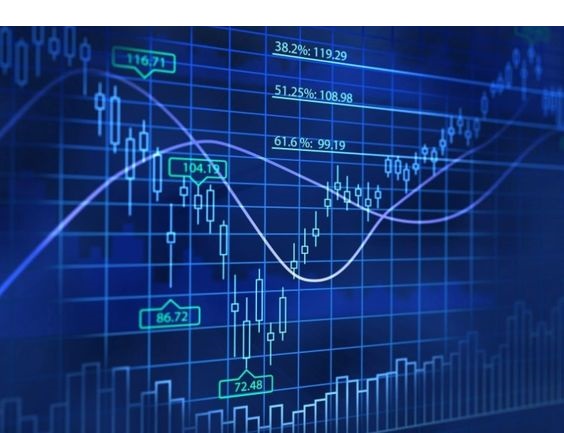Margin trading in forex is a novel idea for many traders, and it is frequently misinterpreted. Simply explained, the margin is the smallest amount of money required to execute a leveraged trade and can be an effective risk control tool.
The concept of margin call is closely tied to margin, and traders go to tremendous measures to prevent it. Not understanding what margin in Forex trading can be incredibly costly, which is why forex traders must understand margin before entering a deal.
Margin Call
You must maintain a margin account when trading on margin. This is a broker-managed loan cash investment account. This account can be used to trade stocks. A broker can use this account to lend money to an investor so they can buy stocks or other financial assets. To keep the trader’s position open, the broker locks some money. Margin is the term for this money. Available equity is the amount of money left in the account that can be used to start new positions.
The margin level can be calculated using these two values. The percentage of the account’s equity to the margin utilized is known as the margin level. This can be calculated using the following formula:
(equity/used margin) *100 = Margin level
When the margin level is large, you have more cash available to execute additional deals. When the margin level falls below 100%, it signifies that all of the available margins have been used and you are unable to place any further trades.
In this situation, the broker will ask you to deposit funds into your account in the form of cash or securities transfers to bring it up to the minimum value or maintenance margin. Your account may be jeopardized if you do not comply. The Margin Call is a warning issued by a broker to a trader.
Leverage And Margin Call
To fully comprehend the margin call, you must first comprehend the relationship between margin and leverage. These two can be thought of as two sides of the same coin. The minimal amount required to leverage trade is known as margin. Leverage, on the other hand, allows you access to the market by allowing you to trade huge positions with a lower initial investment.
Leverage and forex margin rate are linked in forex trading. The margin rate specifies how much of the entire transaction value can be used to open a position.
If you receive a margin call, you must act quickly to enhance your account’s equity. You can just add extra money to your account to accomplish this. You can also put money into the account by transferring stocks or securities. Another option is to sell some of your shares and investments to reduce your debt.
The term margin call comes from the fact that brokers used to phone traders to inform them of a problem. However, traders are more likely to be notified of decreased margin amounts via email or SMS.
When you first open an account with a company, you should inquire about how they would issue a margin call to you. You must also be aware of the amount of time you have to respond to this call. When a margin call is issued, some firms close positions automatically.
As a result, you should also inquire about this with the organization. In most cases, you have a few days to resolve the problem. If you do not react, the company has the authority to sell off your positions to bring your account back into compliance with margin requirements. You won’t be able to react to whatever holdings are sold and at what price in this situation.
Principle of Margin call
The federal government and individual corporations establish the guidelines that determine the foundation of a margin call. These guidelines establish margin requirements, which determine how much cash you must have in your account at each stage of a credit transaction. Margin requirements might range from a percentage of your whole trade price to a percentage of your total account balance.
Different types of margin requirements exist. A minimum margin, or an initial margin, can exist. All of these factors go into determining whether the quantity in your account is proportional to the amount of leverage you’re employing.
The value of your account’s holdings minus the amount you borrowed for trading is referred to as equity. Here is the example, you have a bank account with $20,000 in assets and $5,000 in cash. Your equity is $25,000 in this situation. However, if you borrowed $10,000 to buy these assets, your equity worth will be $15,000 instead of $10,000.

